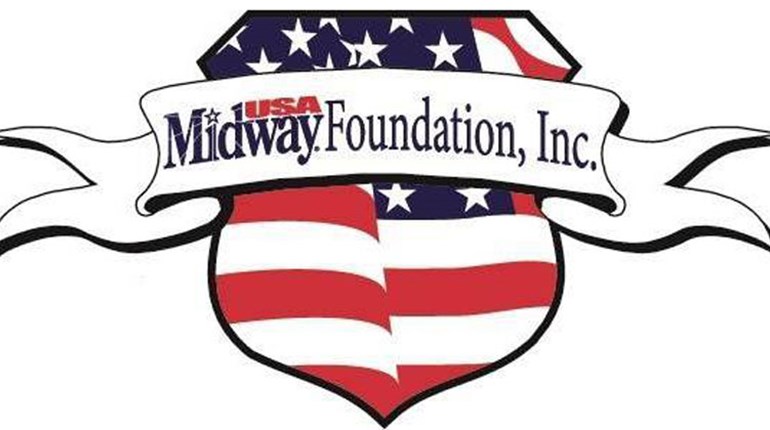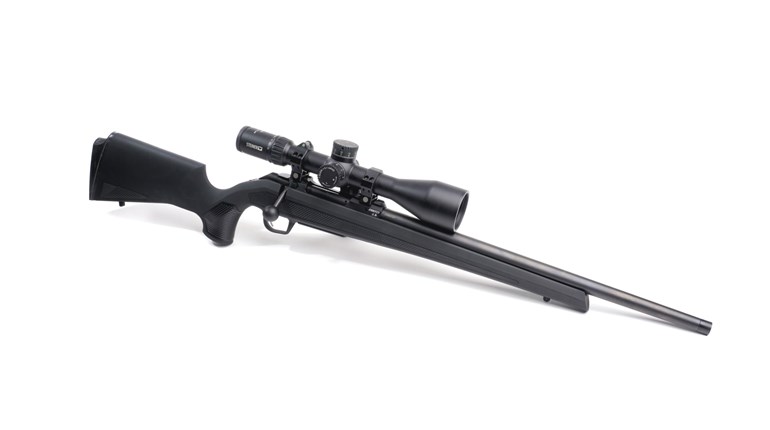
From the vault: Glen Zediker’s article about choosing a good barrel for Match Rifle competition that was first published in the March 2000 issue of Shooting Sports USA.
Choosing a barrel
Barrel lengths, weights and brand names are open to discussion, which really means there is no “right” answer.
My preference is cut-rifled stainless steel. It would take too much space to try to say why that is, and anyhow, it’s a preference that’s more academic than practical. What needs some space here though, is information on getting a good barrel. What a “good” barrel is to some may not be to all, but here’s one definition nobody can much argue with―a good barrel is one of good quality. Dealing with steel, that pretty much comes down to material selection, treatment and machining.
Custom barrel manufacturers like Obermeyer, Krieger, Lilja, Hart, Douglas, Schneider and other companies which go by the maker’s last name, are your best assurance of good quality. That’s not to say that other maker’s barrels―let’s call them “semi-custom”―don’t shoot as well, but it is to suggest a lower element of risk involved in your satisfaction. I think it’s wise to request a stainless steel barrel since they will, on average, shoot a little better for a little longer.
Custom barrels will, of course, have to be finished and fitted by a gunsmith. He’ll need to turn the barrel and chamber it in accordance with either what he thinks is best or what his customer specifies. There are several different approaches to chambering, and about the only one that most AR-15 gunsmiths of any renown share is that the chamber should never be “tight” in case and case head diameter as the guns are semi-automatic and need to function reliably. Standard SAAMI chamber dimensions serve well here. Now, there can be some tightening in the case neck and headspace areas in the chamber, but again, these shouldn’t be benchrest-close tolerances. A standard case neck of 0.254 could easily shrink to 0.252 if the outside diameter of loaded rounds is, for example 0.248, but making a request like that puts the burden squarely on the shooter to ensure that he/she knows exactly the dimensions of the ammo fed into the rifle. Likewise, tightening up the headspace may allow the rifle to shoot some brands of factory ammunition better (which doesn’t really matter that much in regards to reloaded ammo as long as the shooter knows what he’s resizing his brass to).
“The “front half” of an AR-type rifle is where the accuracy lives. It's also, therefore, where the most attention needs to be paid by the shooter and the gunsmith.”
The chambering option that probably gets the most thought about and worry over is throating. Throating, let’s say here for simplicity, controls the distance of a bullet; bearing surface to the origin of the lands of the rifling. Almost always, a rifle shoots best when a bullet at least starts near the lands, if not on them. If the bullet has to travel through space before engaging the rifling, that’s called “jump,” and that’s an issue of concern. Since there is such a difference in comparing length of short range and long range bullets for this rifle, some compromise has to be met. Essentially, getting less jump for the shorter 68- to 77-grain bullets fired from magazine-length rounds means that the longer 80-grain bullets used at 600 yards will be seated more deeply into the case (which will reduce powder capacity). Short or long? Either, or anything in-between for that matter. It doesn’t really seem to matter. Why even talk about it? Why not? Everyone else does. What they’re not really talking about, though, is who’s shooting what scores with various ideologies. That’s because AR-15s shoot just as well at 200 and 300 yards with all the different “magazine” bullets, regardless of where those bullets are sitting with respect to distance from the lands. What matters to 600-yard performance is that the shooter knows how to experiment and adjust the amount of jump the 80-grain bullets have, and that discussion is for another article.
AR-15 Match Rifle shooters tend to spec really long barrels (28 inches is pretty common), but I think you’ll do just as well with a 25- or 26-inch one normally found on most other across-the-course rifles. The extra couple of inches just doesn’t mean that much extra velocity, and super-long barrels are a detriment to most shooters at short line. Barrel weight (which is ostensibly contour diameter and profile) is mostly what someone needs for the “hang” preferred offhand. There’s so little recoil associated with the .223 caliber, and comparatively little barrel heat build-up, that extra-heavy dimensions aren’t in themselves beneficial. Some also believe that extra-long, extra-heavy barrels can’t be good for the upper receiver due to the levering effect. Now, that’s not the same as saying they’re bad for it, but extra stress from an oversized barrel can be an issue.
Twist rates
Twist rates are expressed as the distance the bullet travels as it makes a complete rotation, such as “one turn in seven inches” which is usually written as 1:7-inch. And that’s about what you need for an AR-15. There always seems to be some concern among the “techies” over how slow (longer distance traveled per rotation) a twist rate can get and still stabilize a bullet, but I think we learned (or some of us did anyhow) that our 1:8-inch twist barrels were not always adequate for all available 80-grain bullets. My recommendation is to go ahead and get a “straight” 1:7-inch twist. If you want a fractional twist rate, or if that’s what your barrel maker offers, then I’ll say to at least get it a little faster than 1:8-inch twist.
“Almost always, a rifle shoots best when a bullet at least starts near the lands, if not on them. If the bullet has to travel through space before engaging the rifling, that’s called “jump” and that’s an issue of concern.”
I haven’t seen a 1:7-inch twist barrel shoot any bullet that can be reasonably used across-the-course, any worse than a 1:8-inch twist will, but I have seen the 1:7-inch twist do better with heavier VLD bullets, and also do better at 1000 yards. By the way, I quantify “shoot well” on how many rounds go into which scoring ring. I say this because there are few, pseudo-benchrest testers out there who will jump up and down claiming measurable group size difference with different bullets in different twist rate barrels. Just because it’s measurable with a caliper is not, in my experience, the same as saying it scores any better or worse under high power tournament conditions. When the wind blows and the temperature cools, the faster twist barrels tend to show their merit. The point is to get a twist rate that will keep the longest bullets you’ll ever shoot inside the 10-ring at 600 yards, and right now the 1:7-inch twist is the safest bet (bullet length, not weight, is the primary determiner of the twist rate needed to stabilize it).
There are to be sure, many really good AR-15 barrels in existence. If you want to latch onto one for yourself, the best shortcut is to pay for it! Get a true custom barrel from a known manufacturer and have a true custom gunsmith install it.
See more: How To Find A Gunsmith.


































